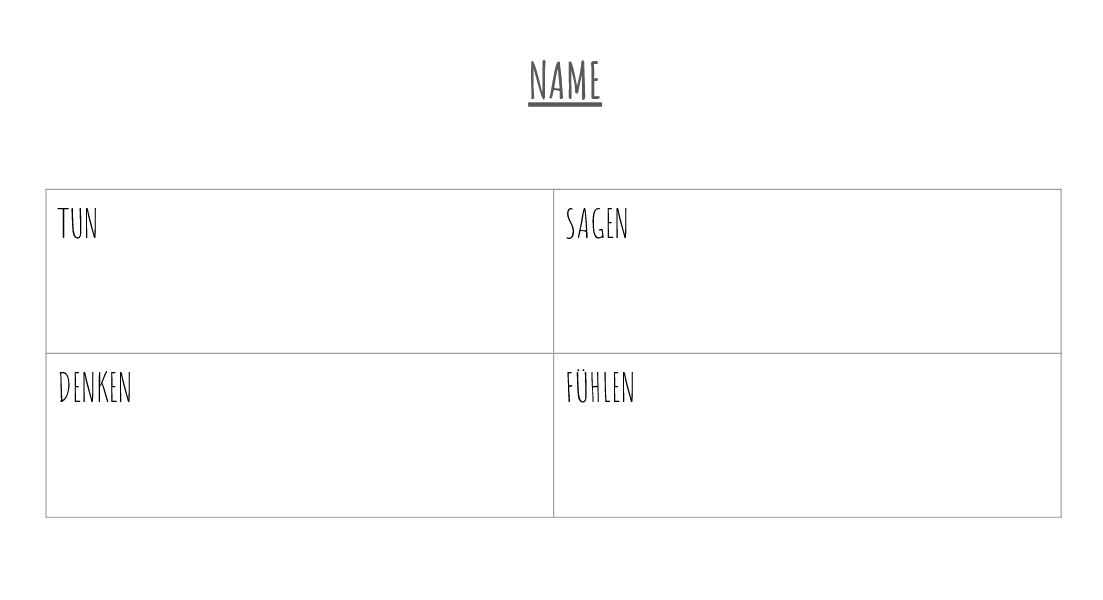Empathy
Do you know how others really feel and think?
It is often very hard, but with a little practice you can understand people around you better, and moreover, react to them better.
Learn about empathy and a very concrete method to get to know others better!
Warm up
Before diving into others’ feelings, let’s see what you know about yourself through this short warm-up!
Turn to your buddy and interview each other on the following topic:
- Have you ever wanted to hide what you feel?
- What did you do when you did not want to show others that you are sad (or happy)?
- Why did you hide your feelings?

Learn
Together with your buddy, watch the video on empathy or read its extract.
It explains what empathy is, why it is important and it gives tips to become more empathic.
Dive in 1
And now let’s start the activities!
Now, both of you should take a piece of paper, or open an online document.
One of you will answer these two questions:
1. What does empathy mean?
2. Why would it be good for you to be empathic?
And the other one will answer these questions:
1. Why is empathy important?
2. What are the 4 things that you can practice to become more empathic?
Watch the video/read the text again and write down your answers to your questions. When you are done, share your answers with each other. If you could not think of an answer to a question, discuss it with your buddy and see what they think!

Create 1
It is easy to know what others say and do, but... what is behind these words and acts? Have you ever thought of what they might be feeling and thinking?
Step 1
Think about someone in your school or organisation. Pick someone who you have regular contact with BUT is not too close to you. It can be a peer, mentor, teacher, kitchen staff, your sports team member, etc.
Step 2
Draw your empathy map on a paper or in an online document. You only need 4 quadrants for “do”, “say”, “think” and “feel”, and write the person’s name on the top. It should look something like this.
Step 3
Now, it’s time for action! Try to talk to the person you picked in step 1 as much as possible for 3 days. Do not bring your empathy map for the discussions, but fill it out after every time you talked to this person or observed them talking to others. Listen to what the person says, observe what the person does, and try to think what the person is feeling and thinking too! It can be difficult in the beginning, but don’t worry, by the last day you will rock it! Spend about 20 minutes every day on filling out your empathy map.
Step 4
On the last day of the experiment, compare your empathy maps with your buddy. Present to each other what you have found out about the person you observed. Share with each other your answers to these questions: Were there occasions when words did not match actions, thoughts or feelings? If so, why do you think this happens? Have you ever experienced the same thing?

Create 2
Let’s create a word cloud related to empathy and send it as an online postcard!
Think about what the elements of empathy are, how you can practice it, why it is good to be empathic, and so on. Try to write at least 10 words and then share it with your buddy! Maybe while sharing, you come up with new words! Now take your list and either draw a word cloud on a paper that you can take a picture of, or create the word cloud online, by typing your words in the box and then click on “generate cloud”.

Reflect
Share your answers with your buddy on the following questions:



